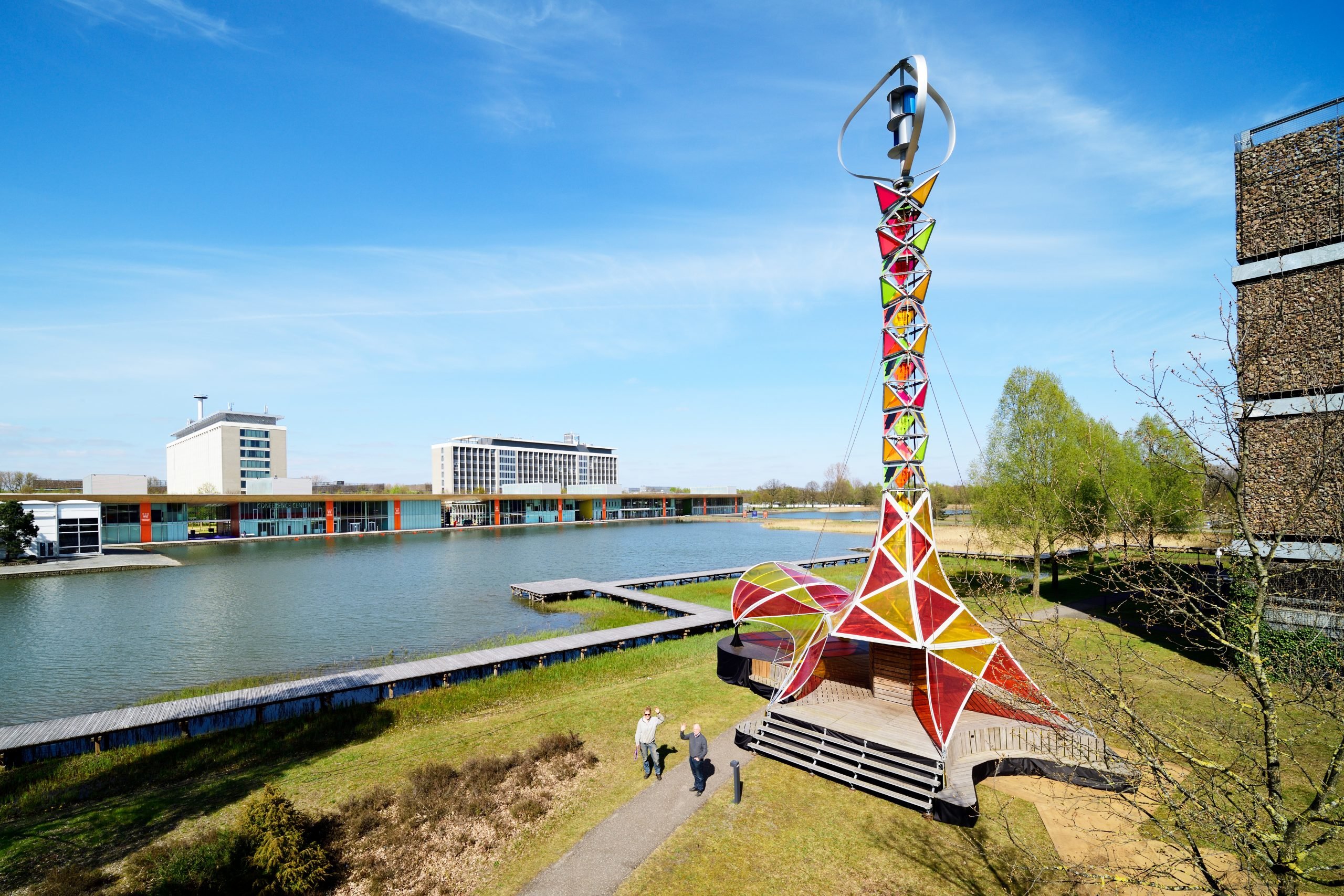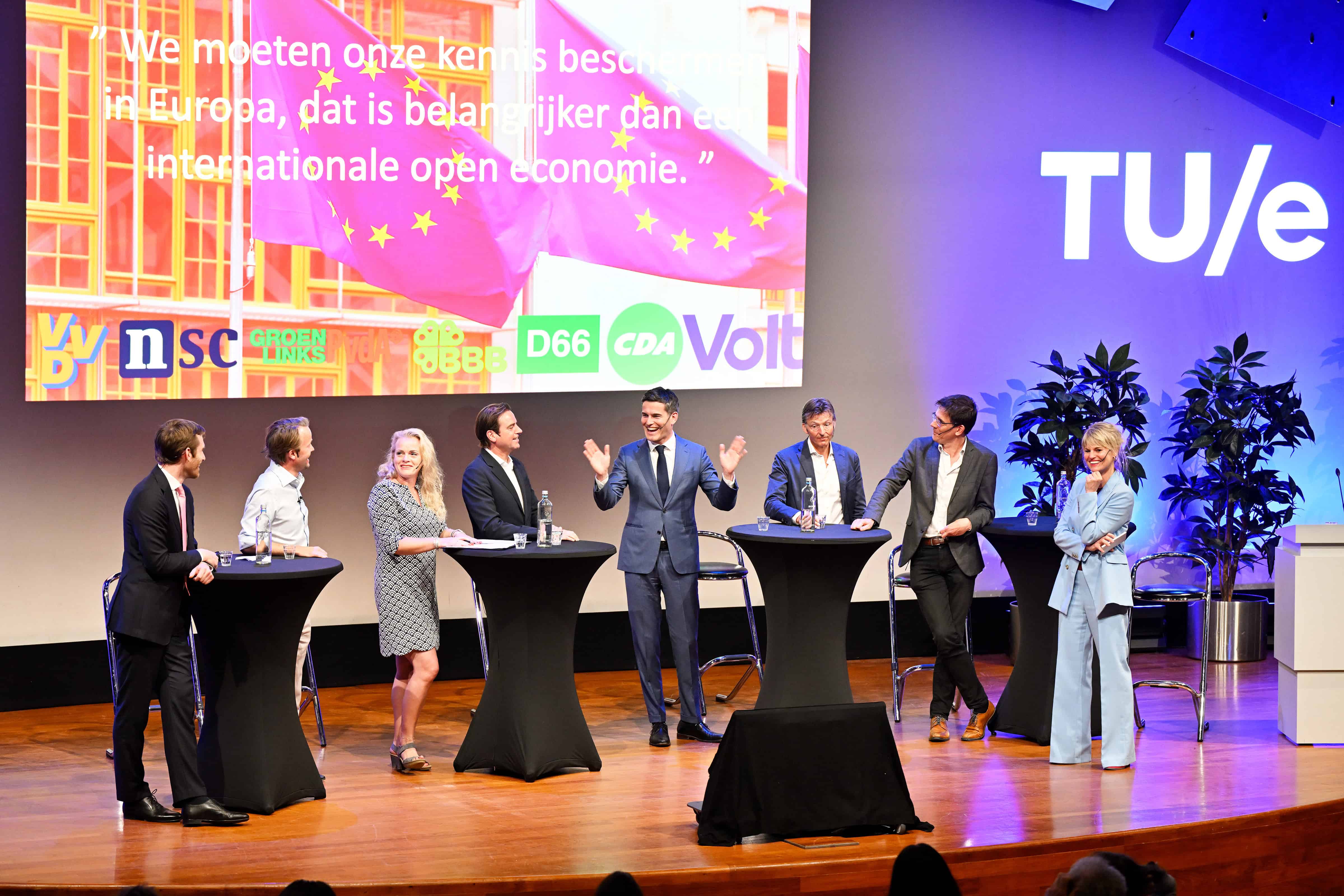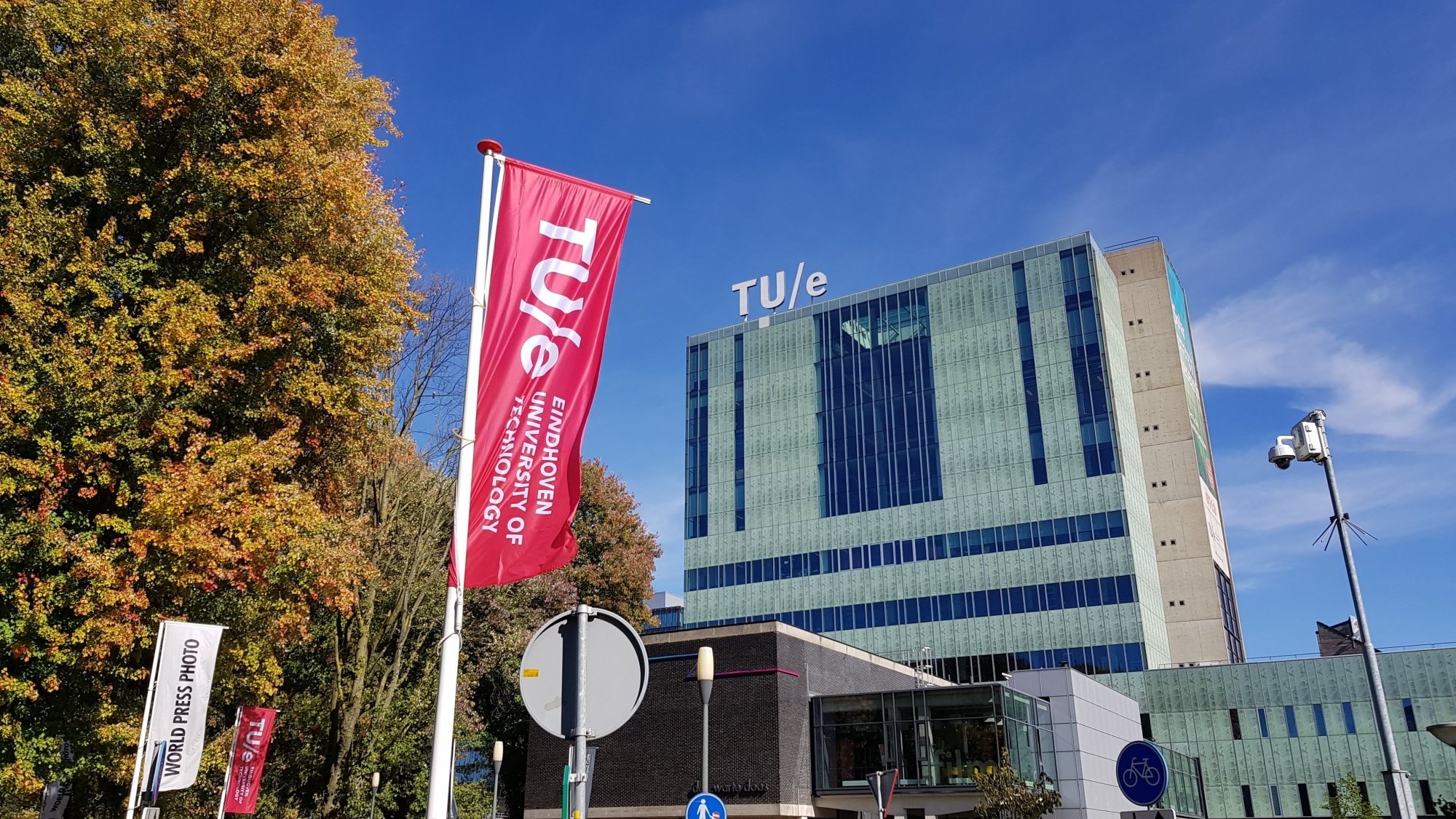
Large festivals with performances by rock bands, singer-songwriters and DJs – we’ve been missing out on them for a while now. The atmosphere, the music, the people. But such a three-day festival leaves a pretty big carbon footprint. All performances and food and beverage facilities require electricity. That power comes mainly from diesel generators. The alternative is the colorful GEM-Tower that has demonstrated that energy can also come from wind and light.
Because continuous power is needed during a festival and peak consumption occurs at certain times, a festival organization really needs to be able to rely on the power supply, says Faas Moonen, associate professor of Innovative Structural Design at the University of Eindhoven (TU/ e). He started a European-funded project in 2017 together with 9 companies. In this, they want to develop a sustainable alternative to diesel generators that to date provide power to festivals.
In 2019, the GEM-Tower graced a festival for the first time: Pukkelpop. Clearly visible with its colorful , 21-meter-high presence. The GEM-Tower is a collapsible tower with solar collectors and a wind turbine. “Normally the diesel engines are hidden behind black canvases,” Moonen explains. “We don’t just want to develop the technology, but also make people aware of the footprint that a festival currently leaves. That people can see that it can be done differently.”
Read more about the GEM-Tower here:Powering music festivals with sustainable energy
Peak load
Moonen: “Festivals need a lot of power especially at peak load. Many festival organizers are skeptical about whether you can run a festival at all without having a diesel generator running in the background.”
Since solar and wind power alone are not sufficiently reliable to handle that peak load, Moonen and his team went in search of something with a better capacity for continuity. Moonen spoke with DENS, a young company that makes hydrogen products with hydrozine; formic acid. “Hydrozine has a very special form that makes it non-hazardous, non-explosive, and non-flammable, and so it is possible to use it in the middle of a festival while a lot of people are standing around it.”
At the core of the large tower is a large battery measuring approximately 1.20 by 1.20 meters. It weighs over three thousand kilograms. The power stored in it is continually being topped up by sustainable sources. Moonen: “At times, when the battery appears to be getting a bit empty, then we have the supplementary hydrogen that refills the battery in no time.”
“The storage of hydrogen as a gas is quite difficult,” says Max Aerts, co-founder of DENS. Together with Tijn Swinkels, Aerts started the company DENS six years ago out of the student team Fast at TU Eindhoven. Aerts is responsible for the commercial and financial activities. Swinckels is ‘the man behind the technology.’
Formic acid
For the storage of hydrogen, DENS is developing aggregates that store a hydrogen molecule in a liquid, known as formic acid, so that you can fill it up “just as easily as we are used to filling up with petrol and diesel”. The aggregate converts that liquid back into hydrogen which in turn generates electricity. “This enables you to generate power in an emission-free, user-friendly and safe way.”
Moonen: “Hydrogen applications have already been used at festivals. However, safety experts are afraid that an explosion or fire could occur. That means that, by definition, you then have to sit far behind the black canvas in a safe zone. We are fortunate that we don’t have that problem at all with the DENS hydrogen.”
During this past King’s Day, the GEM Stage could be seen for the first time at the High Tech Campus Eindhoven. Under perfect weather conditions, the wind turbine was running at full speed and the solar cells were also collecting energy. A white container next to it provided the hydrogen supply. Aerts: “We are going to add a great design to it, to make it a bit sexier. Now it just looks like a white box. There are a lot of techniques on the inside that make it possible to keep your festival going on green energy.for a couple of weeks.”
The front of the site
That appearance and visibility are important. It’s necessary in order to tell the story, Moonen says. “What we accomplished with the tower is that we managed to bring the problem of polluted diesel to the front of the site. That tower stands out like a giant. But with the addition of hydrogen, a tower wasn’t really needed. Then we came up with something to grab a spot at the front of the site after all.”
The GEM-Tower has since been renamed the GEM-Stage. A stage for all kinds of performances, as part of the festival amidst the audience. That can be connected to the tower, but also be used separately. Moonen: “We won’t go on a stage to tell you how to do it. We just show that it can be done. That the possibilities are wonderful, a lot of fun and enjoyable. For us, the biggest goal with the GEM-Stage is to show that sustainability is a party. “A necessary party, but a party all the same.”
European tour
Last summer, that visibility turned out to work really well. “We went from having a full schedule in March to a completely empty one. So, we started looking for a safe way to go ahead and test it anyway. We came across a military site in the vicinity of Ede, near the Hoge Veluwe, via the Ministry of Defence. People could see the tower on the terrain from the road. We received a request to come to the Hoge Veluwe to provide power for bicycles and the weekly market there.” That same week, a request came in to appear at Paleis Soestdijk as well. In addition, the tower was featured at a small festival in Prague. The summer ended with an appearance at the Zandvoort circuit during an event featuring electric vehicles. “In retrospect, we’ve had a great year,” Stern says.
Given that festivals are likely to be a while away, Moonen is now in talks with radio stations to organize a European tour. “We are 100 percent ready to have a band, a singer-songwriter or DJ perform on our stage.”








